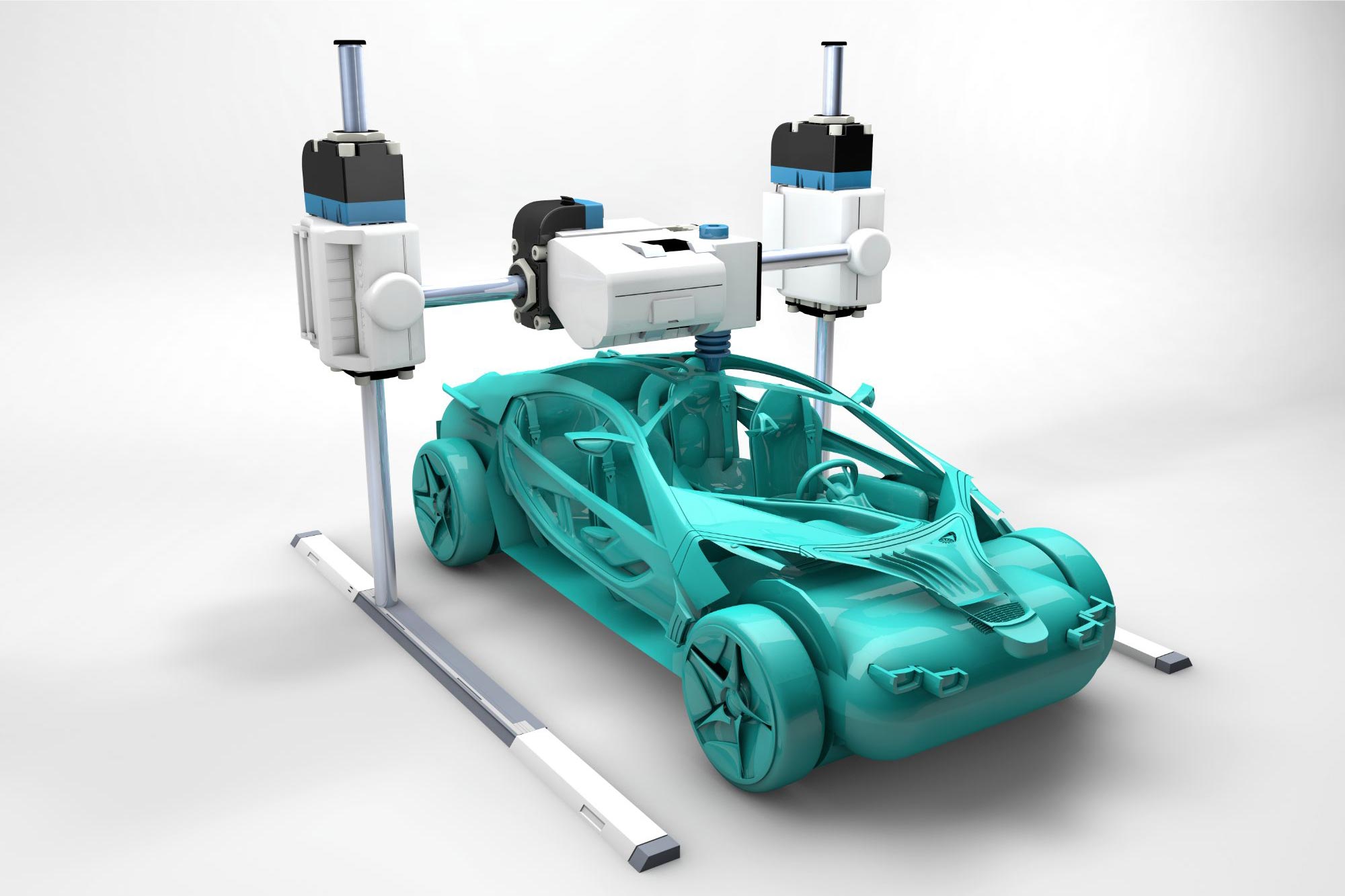Connect with us
Published
2 months agoon
By
admin
Researchers at Tohoku University have pioneered a novel multi-material 3D printing technique using Laser Powder Bed Fusion (L-PBF) to produce durable and lightweight automotive components, exemplified by the world’s first full-scale 3D-printed suspension tower. By increasing the laser scan speed, the team successfully minimized brittle intermetallic compounds that typically arise in steel-aluminum alloys, addressing challenges in material brittleness. The study highlights the precision of metal 3D printing, which constructs objects layer by layer and facilitates the production of complex, customizable shapes while reducing material waste compared to traditional methods.
This innovative process allows for creating multi-material structures that optimize performance by combining different metals, such as aluminum and steel, to enhance strength while reducing weight. However, issues arise when certain metal combinations form brittle compounds at their interfaces. The researchers learned that elevating the laser scan speed promotes non-equilibrium solidification, resulting in improved bonding and enhanced material properties. The findings, published in “Additive Manufacturing,” offer a promising path for broader applications in metal combinations needing better bonding solutions. This advancement underscores the potential of advanced 3D printing in the automotive sector, contributing to future manufacturing innovations.













